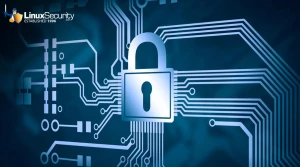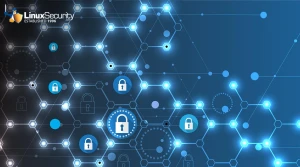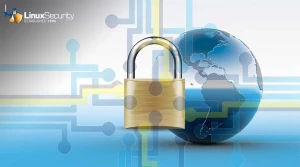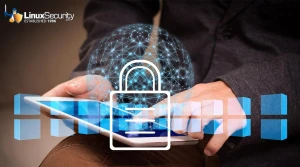8 Expert-Recommended Security Practices to Fortify Your Linux Systems
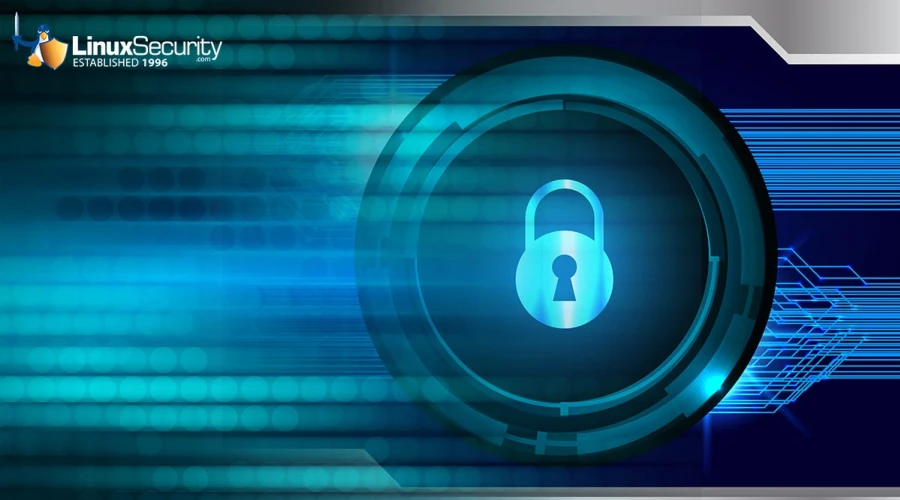
As a Linux admin or an infosec professional, you understand how the security landscape changes due to evolving threats, newly discovered vulnerabilities, and more. With data breaches soaring into millions of dollars in losses and sullying reputations, making your Linux systems robust in this digital age is no longer just a best practice. It's a must.
In this post, we will walk you through eight of the best practices recommended by security experts to fortify your Linux defenses. Whether running a small cluster or enterprise-level infrastructure, these strategies will keep you ahead of possible risks.
We'll cover everything from supply chain risk management to regular security audits to create a robust system.
1. Establish Cybersecurity Supply Chain Risk Management Plan
 You can't undermine the importance of a good Cyber Supply Chain Risk Management plan for your Linux system's security. The practice has gained much popularity over the last couple of years, and rightly so. Think about it: Everything in your Linux environment, from hardware to software, comes from a complex supply chain. Each link in this chain provides an avenue of potential security vulnerability.
You can't undermine the importance of a good Cyber Supply Chain Risk Management plan for your Linux system's security. The practice has gained much popularity over the last couple of years, and rightly so. Think about it: Everything in your Linux environment, from hardware to software, comes from a complex supply chain. Each link in this chain provides an avenue of potential security vulnerability.
To minimize such risks, start by listing the different components of your Linux infrastructure: hardware, software, and even cloud services. With the appropriate listing in front of you, analyze each component's risk. Look deep into the vendors' reputation and their security practices. Have they secured products? Are there histories of addressing vulnerability promptly?
Next, policies should be implemented to buy new components based on vendor preference, with good security practices and transparent supply chains. Do not forget guidelines for vetting open-source software, which often makes up the lion's share of Linux.
2. Limit and Track Root Account Access
Root access is the most powerful level of access on the Linux system. Because it's so powerful, the results can be devastating if an account's access is compromised. Therefore, access to root accounts should be limited and monitored accordingly.
Implement the principle of least privilege, where a user is given the minimum access rights necessary to do the job. Instead of having root-level access, you should encourage using sudo, which grants short-term elevated privileges to perform only a specific task. It limits the time a user has root access and tracks what is done with the elevated privileges.
Implement regular review and auditing of user accounts with root or admin-level privileges. Disable root access through secure shell protocol (SSH) to preclude attempts at remote login and use stringent authentications for root access.
3. Hardening Linux Kernel and Filesystems
The Linux kernel is the centerpiece of your system, and securing it is vital to any form of protection from potential attacks. Hardening a kernel means setting it up to minimize vulnerabilities, disabling unused features, and using the strongest security policies.
Configure your kernel to utilize many security choices. Disable all kernel modules and services not being used to limit the attack surface. Address Space Layout Randomization (ASLR) and Stack Smashing Protection (SSP) make attacks more complex for attackers to perform.
Moreover, lock down your filesystems with access control. Use file permissions and ACLs to protect sensitive files and directories. Enable filesystem encryption to protect data at rest, especially on portable devices and cloud environments.
Implementing Mandatory Access Control (MAC) systems like SELinux or AppArmor adds another layer of security by enforcing strict access controls based on defined policies. These tools help contain the damage in case of a breach by restricting the actions that compromised processes can perform.
4. Implement Multi-Factor Authentication for Critical Access
 Passwords alone no longer provide the required security to protect your Linux systems from unauthorized users. Enforcing Multi-Factor Authentication at all your critical access points is essential with the increased number of phishing incidents and password breaches.
Passwords alone no longer provide the required security to protect your Linux systems from unauthorized users. Enforcing Multi-Factor Authentication at all your critical access points is essential with the increased number of phishing incidents and password breaches.
MFA includes an additional layer of security by verifying the users through two or more factors before access is allowed. These could be something they know(like a password), something they have (such as a hardware token or smartphone), or something they are ( like a fingerprint or other biometric data).
Consider SSH keys along with MFA for Linux systems. This makes life even more difficult for the attacker because even if they can obtain an SSH key, they still have to pass the MFA challenge.
You should also enforce MFA on privileged accounts, such as those with root privileges or administrator access. This dramatically reduces the possibility of illegitimate performance by bad-actor insiders or external hackers.
5. Keep Your Linux Systems Up-to-Date and Patched
One of the best ways to defend against known vulnerabilities is to update one's Linux systems with the latest security patches. Many attacks have exploited vulnerabilities whose patches vendors have already issued, but organizations have delayed applying, thereby exposing their systems.
Establish a regular patch management process that enables one to outpace attackers. That means monitoring new vulnerabilities, testing the patches in a staging environment, and deploying them into production systems as fast as possible.
Automated utilities like yum-cron, unattended upgrades, or third-party solutions simplify patch management. But don't be completely dependent on automation. Periodically check your systems to verify that patches are applied successfully.
Also, keep in mind the updating and patching of third-party software and applications running on your Linux systems. Most vulnerabilities arise from unsupported or outdated applications, so everything must be up to date.
6. Implement Network Segmentation and Firewalls
Network segmentation is the best way to reduce the surface attack on your Linux systems. By segmenting your network, you limit the spread of an attack, minimizing the damage throughout a wider network.
segmenting your network, you limit the spread of an attack, minimizing the damage throughout a wider network.
First, identify the critical assets and services in your Linux environment. Segment those varied components into a network with very tight control access. For example, sensitive data servers should be in a secure segment, accessible by only a specific class of devices or users.
Deploy firewalls to control traffic between network segments and the outside world. Configure netfilter using either iptables or nftables to enable traffic to and from your Linux systems using rules within the firewall. Block all incoming traffic except for some trusted IP addresses or particular ports the support services may need.
Also, consider using host-based firewalls on your Linux system. These firewalls can regulate traffic at each host level, offering more protection.
7. Monitoring and Logging System Activities
Monitoring and logging are crucial components of any robust security for Linux systems. It allows you to monitor system activities and perform log analysis to identify suspicious behaviors or incidents that need a response.
First, configure your Linux systems to log crucial events. Use tools like rsyslog or journald to collect logs from various services, applications, and network activity. The logs should be stored securely and for an appropriate retention period, as they can be crucial during forensic investigations.
Implement centralized logging, which aggregates logs from various systems into one repository. This makes it easier for log analysis to correlate events across your network. To build powerful centralized logging, combine tools like Elasticsearch, Logstash, Kibana-ELK Stack, or Graylog.
Configure high-level alerts for events, such as unsuccessful login attempts, unauthorized access to critical files, and a change in the system configuration. Monitor the network for suspicious activities based on network traffic with IDS such as Snort and Suricata.
This proactive approach allows you to identify security incidents early and take appropriate action to mitigate them.
8. Train Your Team on Linux Security Best Practices
Even with the best technical controls, human error can still pose enormous risks to your Linux systems. Because of that, it is essential to educate and train your team on the best Linux security practices.
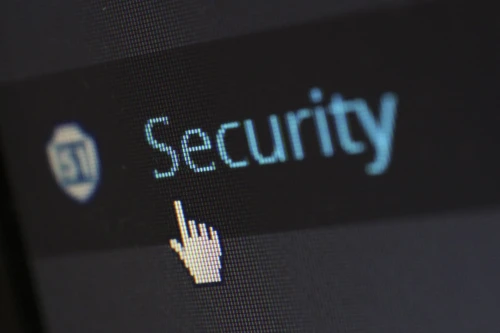 Start by conducting regular security training sessions for your IT and security staff. Focus on secure coding practices, incident response procedures, and the latest threat trends. Ensure your team knows the specific security measures you've implemented and their roles in maintaining a secure environment.
Start by conducting regular security training sessions for your IT and security staff. Focus on secure coding practices, incident response procedures, and the latest threat trends. Ensure your team knows the specific security measures you've implemented and their roles in maintaining a secure environment.
Promote a security awareness culture in your company. This includes phishing, social engineering, and password management for non-specialist users. Developing such an environment will lower the potential for security incidents due to human mistakes or discretionary judgment.
In addition to formal training, provide your employees with resources in the form of security documentation, instructions, and best practices. Keep them informed about recently discovered vulnerabilities, patches, and updates relevant to Linux.
Our Final Thought on Boosting Linux System Security with Best Practices
Securing Linux systems is not a fight you will likely win with one hand tied behind the back. It calls for a combined effort of technical controls, continuous monitoring, and human awareness. Organizations can significantly improve their Linux security by adopting these eight best practices from leading experts.
From supply chain risk management to team training, each step is essential in protecting your systems against emerging cyber threats. Be vigilant, update your systems, and don't underestimate the importance of a robust recurity posture!













